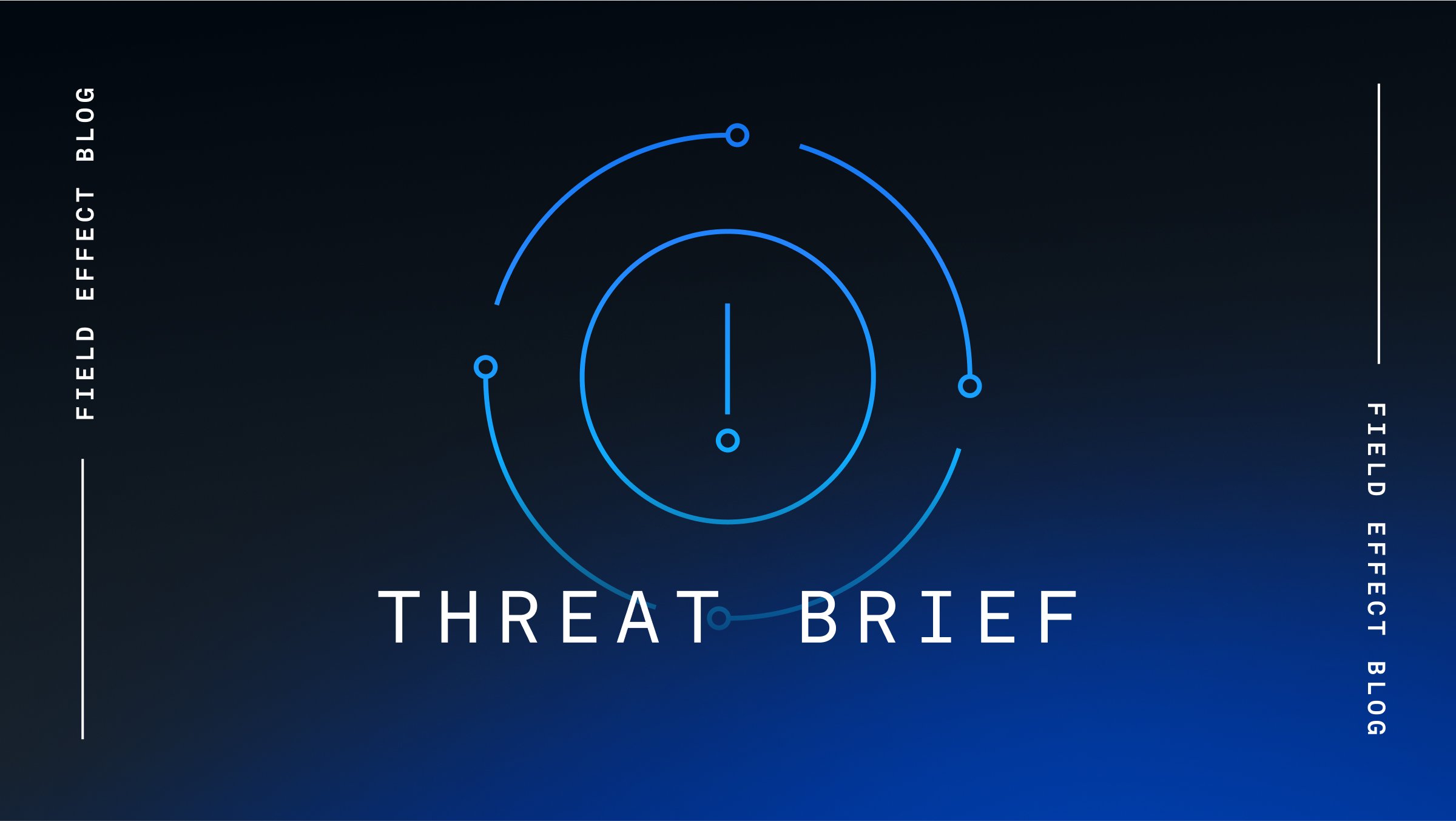Cybersecurity agencies from the U.S., Canada, Australia, and New Zealand have issued a joint alert warning that cybercriminals are increasingly using a tactic called “fast flux” to hide their infrastructure and hinder takedown efforts. This technique is being used to support a range of malicious campaigns, including phishing attacks, malware distribution, and botnet operations.
Fast flux is a DNS-based technique that allows threat actors to rapidly change the IP addresses associated with a domain name. It’s commonly used to obscure the location of malicious servers, making them harder to identify and block.
There are two main types:
- Single flux, where the IP addresses tied to a domain are frequently rotated
- Double flux, which also involves changing the authoritative name servers
This constant shuffling of DNS records enables cybercriminals to distribute their infrastructure across a vast network of compromised devices, increasing resilience and evading traditional defenses.
To mitigate the threat, security experts recommend proactive defenses such as blocking known malicious IPs, sinkholing suspicious domains, filtering traffic based on domain reputation, and educating users about phishing.
Monitoring DNS activity for unusual behavior can also help detect fast flux networks before they can do significant damage.
Source: The Hacker News
Analysis
Fast flux’s ability to exploit DNS infrastructure while remaining difficult to trace has made it an appealing tool for both financially motivated actors and advanced persistent threat (APT) groups.
The technique dates back to the mid-2000s, when it was first associated with the Storm Worm botnet—a massive spam and malware campaign that used fast flux to avoid takedown. Since then, the method has become a staple for various sophisticated threat actors. The Russian-speaking cybercriminal syndicate Storm-1152 and BulletProofLink phishing-as-a-service operation, for example, have both been observed using fast flux to host phishing sites, malware payloads, and C2 servers.
While fast flux sounds like a silver bullet for evading detection, there are several reasons why not all threat actors use it. The technique requires a large pool of compromised machines—usually part of a botnet—along with custom DNS infrastructure to rotate IP addresses and name servers rapidly. This demands technical expertise and ongoing management, making it more suited to advanced or well-resourced groups. It also comes with operational risks, as misconfigurations can expose the infrastructure or disrupt the campaign entirely.
In addition, fast flux behavior is highly anomalous and can attract attention from security teams monitoring DNS activity. For many cybercriminals, easier and less risky alternatives—like using cloud platforms, bulletproof hosting, or short-lived phishing domains—are often “good enough” without the added complexity. As a result, fast flux tends to be used by more sophisticated actors running persistent or high-value operations.
Mitigation
Field Effect’s Security Intelligence team constantly monitors the cyber threat landscape for trends associated with techniques like fast flux. This research contributes to the timely deployment of signatures into Field Effect MDR to detect and mitigate the risk these threats pose.
Field Effect MDR users are automatically notified when various types of malicious activities are detected in their environment and are encouraged to review these AROs as quickly as possible via the Field Effect Portal.
Related Articles
